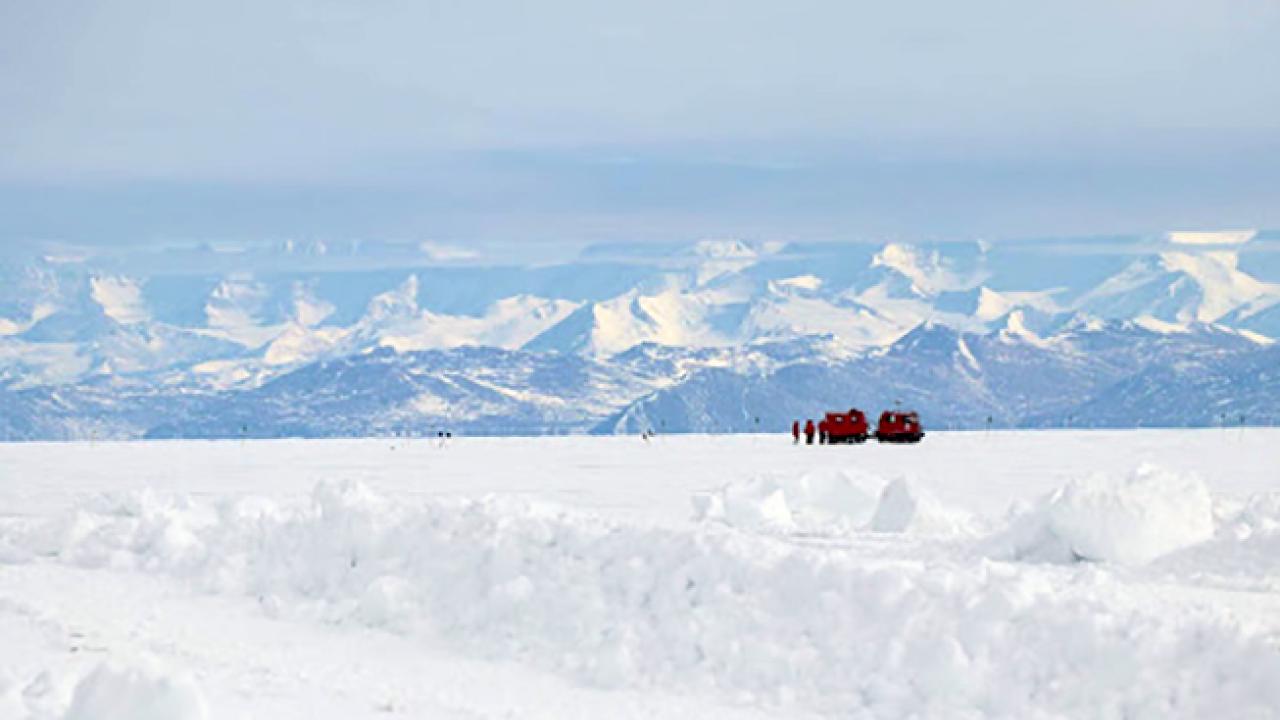
The Effects of Stress on Fish: Environmental Physiology
Exploring the Todgham Lab at UC Davis
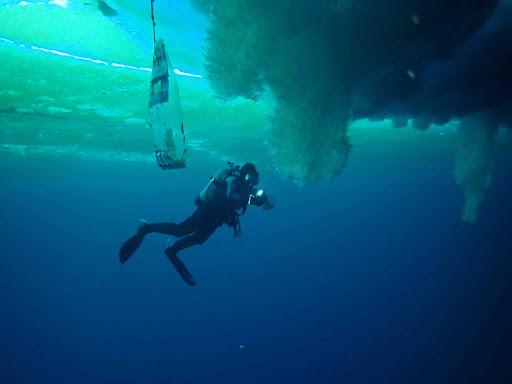
Photo Credit: John Heine
If you’ve ever had the chance to explore a rocky intertidal ecosystem, you may have noticed quickly that all of the “cool,” colorful critters tend to reside in the deeper pool areas that are underwater, even when the surrounding rocks are exposed to the air. When many people go “tidepooling,” they are usually interested in exploring these pools because there typically resides a greater diversity of species. But have you ever wondered why it is that more species live in those pools than on the bare rocks? Or why some species can survive on the bare rocks while others seemingly cannot? Environmental physiologist Dr. Anne Todgham found herself asking these questions as a kid when she would explore tidepools and other natural ecosystems with her dad, and has continued asking these kinds of questions throughout her career as an Associate Professor in the Department of Animal Science at UC Davis.
As she began her undergraduate degree at the University of Guelph in Canada, it seemed natural to translate her love of nature and tidepool discoveries into a Marine Biology major. During her time in undergraduate, she worked in many different labs and fell in love with research - she loved being a part of a community of people who can uncover things that we know nothing about! After graduation, she sought out research opportunities in the field of fish physiology after working with professors who studied this topic, then went on to earn her PhD at the University of British Columbia in fish physiology.
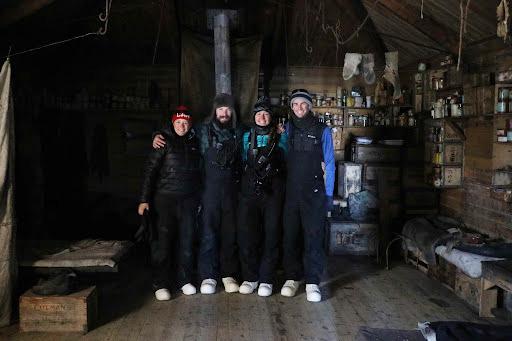
Why Environmental Physiology?
Environmental physiology can be understood as the study of how animals cope with environmental change, or why animals live in the environments that they live in. Why do some animals thrive in one environment while others find the same environment very stressful, such as how some organisms live in the tidepools while others live on the bare rocks? As an environmental physiologist, Dr. Todgham gets to ask those questions and explore the molecular, biochemical, physiological and behavioral mechanisms that underlie these phenomena. Understanding the thresholds at which species experience suboptimal performances can help inform conservation efforts, sustainable aquaculture, and more.
Coping With Climate Change in the Antarctic
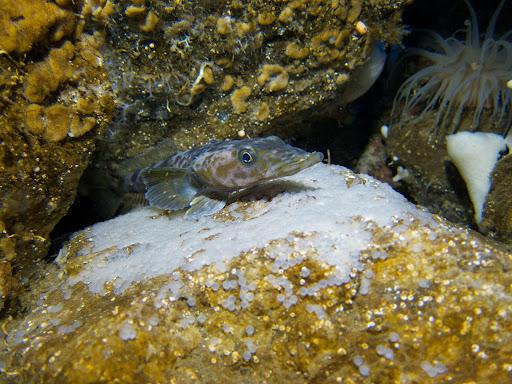
One project that has been ongoing in Dr. Todgham’s lab is focused on understanding the capacity of young fishes in the Antarctic to tolerate the changes in ocean conditions that are occurring as a result of climate change. Dr. Todgham poses questions about how these fish can cope with multiple stressors that compete energetically for the basic requirements (such as the energy required to breathe, pump their hearts, maintain cellular activity, and more) of these animals, and focuses on early development stages because she believes they are less flexible for taking energy from growth and development to put into stress management.
To answer these questions, Dr. Todgham and her team of graduate students and postdoctoral scholars travel to the McMurdo Station in Antarctica for 3-4 months at a time where they collect fish in the wild, then simulate future climate change conditions in the lab based on Intergovernmental Panel on Climate Change (IPCC) scenarios. Her experiments seek to uncover how these fish perform bio-energetically at the sub-cellular and organismal level of metabolism, and how the fishes’ behaviors may be changed by these stress conditions. The current studies examine the responses of fishes to the combined stressors of ocean acidification and ocean warming. Using a comparative physiology approach, which involves comparing the responses of different species of Antarctic fish to these stressors, Dr. Todgham has found that the fish are fairly good at coping with a single stressor but are fairly poor at coping with multiple stressors at once. These projects are extremely important in determining how these fish and other species will respond to the multiple threats of climate change.
Environmental Physiology and Sustainable Aquaculture
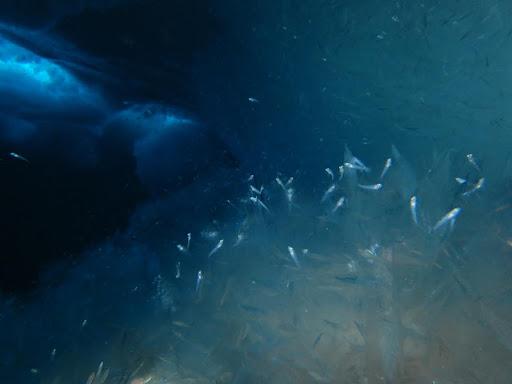
A new project that is underway in Dr. Todgham’s lab involves the collaboration of many different scientists and stakeholders, including the NOAA Northwest Fishery Science Center, California Fish & Wildlife, the US Geological Survey, and other universities on both the west and east coasts. The project is aimed at understanding how thiamine deficiency in salmon affects their natural populations. Thiamine, also known as vitamin B1, is crucial for helping the body generate energy from nutrients for growth, development, and cellular function. However, Dr. Todgham and the other scientists on this project have been finding salmon that are laying eggs with extremely low thiamine levels, resulting in the eggs hatching into larvae with lasting effects of low thiamine levels. The overall project aims to figure out what is causing these low levels, how prevalent the problem is, and the sublethal impacts of low egg thiamine levels on the physiological performance of early life stages of Chinook salmon. Dr. Todgham is leading the efforts at UC Davis on this last goal, with Heather Bell leading the research efforts for her MS thesis. The results of these studies will help inform salmon conservation hatchery practices as well as management of salmonids during years of low thiamine levels.
KEY TAKEAWAYS
- Animals and environments are complex; if we want to understand how vulnerable animals can adapt to climate change, we have to add that complexity to our experiments. Dr Todgham does this by modifying multiple environmental conditions in her experiments to get more ecologically realistic results and predictions.
- Climate change presents a multitude of environmental threats to marine organisms, and studies of environmental physiology can help us understand and predict how these organisms may respond to the threats of climate change.
Want to Get Involved in Research?
“What I love about research is that anyone can do it!” Dr. Todgham exclaims. She recommends that if you’re at all interested in research, you should do it! Ask around - your professors love what they study, so when interested students also find their research interesting, professors love to hear from them! Getting involved in research allows you to try something new and build a new relationship or network with faculty members and graduate students. These opportunities allow you to ask questions and get a lot of different perspectives on how to proceed with your career as someone who loves marine science! Participating in research helps you realize that there’s so much we don’t know, and there’s a place for every person to help fill in that knowledge gap that we don’t know. Check out this active google spreadsheet for more information on labs within the CMSI and EVE departments to get involved in!
About the Author:
Jenna Quan is a fourth-year undergraduate student majoring in evolution, ecology, and biodiversity and minoring in education. She has a passion for ecology and biology, especially in marine systems. Upon graduation, she hopes to pursue a PhD in ecology and continue on in academia. When Jenna is not working on research projects at BML or in a genetics lab, she is co-captaining the UC Davis Dance Team and working on her knitting projects!
